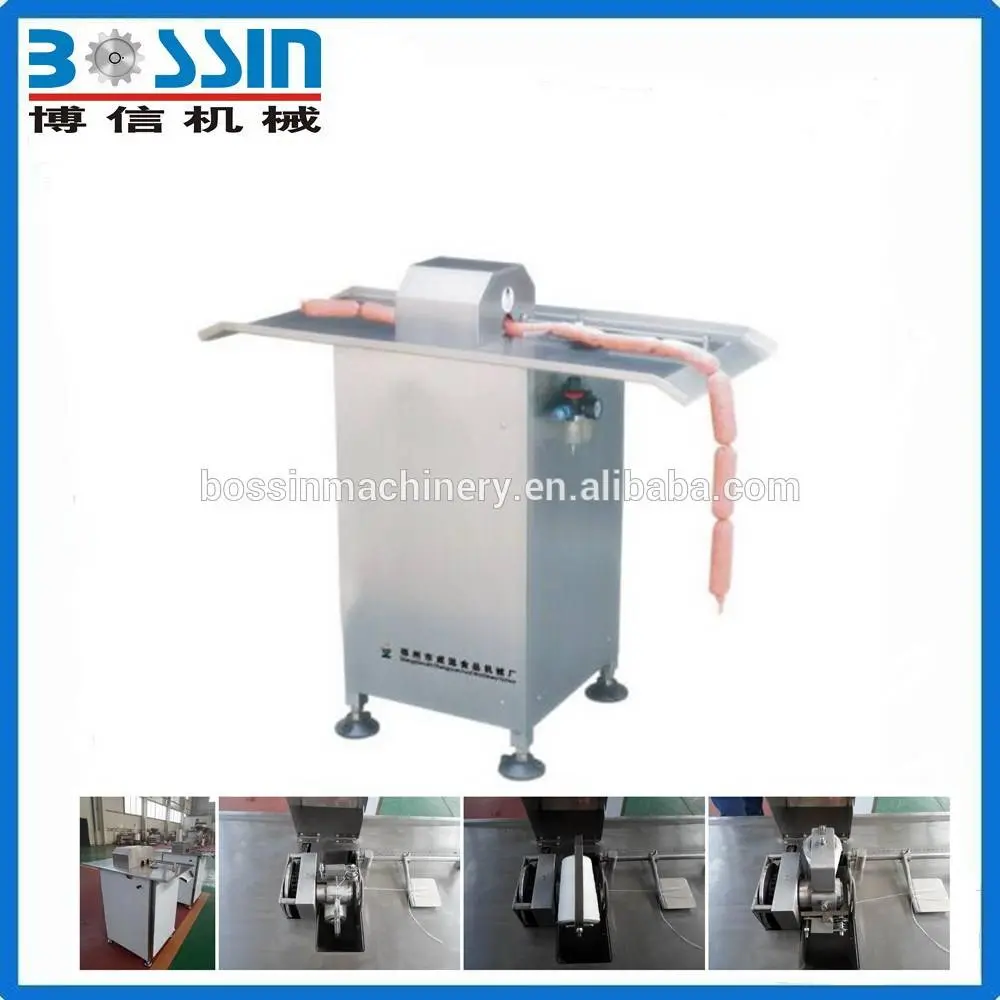
Aug . 10, 2024 15:40 Back to list
Top Suppliers of High-Quality Vacuum Stuffer Machines for Efficient Food Processing Solutions
Vacuum Stuffer Machine Suppliers The Key to Efficient Food Production
In the ever-evolving landscape of food production, efficiency and quality are paramount. One critical component in achieving these goals is the vacuum stuffer machine. This specialized piece of equipment is designed to fill casings with various types of food products, including sausages, deli meats, and even certain types of pasta. With a growing demand for these machines, numerous suppliers have emerged, each claiming to offer the best solution. Understanding the market and what different suppliers bring to the table is essential for businesses aiming to optimize their production processes.
Understanding Vacuum Stuffing Technology
At its core, a vacuum stuffer machine functions by removing air from the stuffing chamber before filling the casing. This process not only enhances the quality and longevity of the product but also improves the filling efficiency. Modern vacuum stuffers are equipped with advanced technology that allows for precise control over fill rates, pressure, and product consistency. With options ranging from semi-automatic to fully automatic machines, suppliers cater to various business needs, from small butcher shops to large-scale food processing plants.
The Role of Suppliers in the Market
Vacuum stuffer machine suppliers play an essential role in the food production industry. They not only provide the machinery but also offer invaluable support in terms of maintenance, training, and customization options. When selecting a supplier, businesses should consider several factors, including their reputation, product range, after-sales support, and adherence to industry standards.
Reputable suppliers focus on quality and innovation, aligning their products with the latest technological advancements. Many offer customizable solutions that cater to specific production requirements. This means businesses can find a machine that fits their unique needs, whether it's for a particular type of sausage or a specific production volume.
Key Players in the Industry
vacuum stuffer machine suppliers

Several notable suppliers dominate the vacuum stuffer machine market. Companies such as Hobart, Vemag, and Berkel are well-known for their commitment to quality and innovation. These brands have a longstanding history in the food processing industry and are recognized for their durable and efficient machines. Additionally, they provide extensive customer service and support, ensuring that their clients can achieve optimal operation and productivity.
Emerging suppliers, particularly those from Europe and Asia, have also entered the marketplace, often offering competitive pricing and unique features. It’s essential for businesses to stay updated on the latest entrants and their offerings to make informed decisions that can enhance production efficiency.
The Future of Vacuum Stuffer Machines
As technology continues to advance, the future of vacuum stuffer machines looks promising. Innovations such as IoT (Internet of Things) integration are becoming more prevalent, allowing for real-time monitoring and adjustments during the stuffing process. This technology can lead to improved product consistency and reduced waste, making production even more efficient.
Moreover, with the growing emphasis on sustainability in food production, suppliers are also focusing on environmentally friendly practices. This includes developing machines that use less energy and materials that are recyclable.
Conclusion
Selecting the right vacuum stuffer machine supplier is crucial for businesses looking to enhance their food production processes. With numerous options available in the market, it is essential to evaluate each supplier's offerings, reputation, and support capabilities. By partnering with a reliable supplier, businesses can ensure they are equipped with the best technology to meet their production needs while maintaining high standards of quality and efficiency. In an industry where time and quality are of the essence, making an informed choice regarding vacuum stuffer machines can provide a significant competitive advantage.